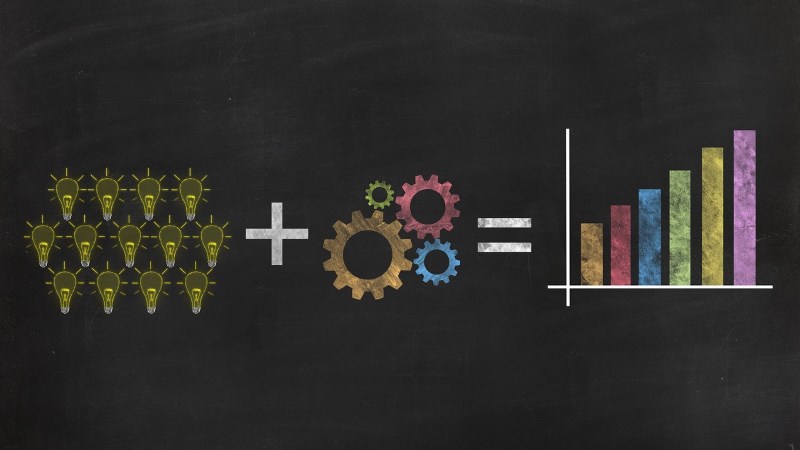
Product development is a complicated process, it isn’t something that you can approach haphazardly. Every business should audit their product development strategies every now and then and be on the lookout for ways to enhance its efficiency. Here are four ways that you can improve your product development process and produce reliable results every time.
Always Consider The Customer Experience
The most important thing to consider when you are developing a new product is the experience that your customers will have when using it. You should be looking through your customers’ eyes throughout the design process, ask yourself if the features you want to add will truly benefit the customer, or whether they are there to improve your bottom line.
As well as designing new products, you should also occasionally review your existing line-up. Consumers are becoming used to iterative versions of the products they buy. For example, games console manufacturers now release new versions of their consoles during their lifespan that are designed to provide a bridge for users who want to upgrade their console while they wait for the next version to come out.
Develop a Routine
You can never predict exactly how the product development cycle will play out, but it is worth establishing a template for approaching it so that you can proceed efficiently. If you are managing multiple projects simultaneously, a Gantt Chart can help make planning easier and makes it easier to keep your individual project strands organized. Having a consistent routine makes it easier for you to oversee product development and for your employees to take part.
Be Ruthless When Choosing Ideas
Daring to dream and coming up with brave new ideas is an integral part of product development. You want to encourage new ideas to flow freely and encourage everyone involved in the process to share their ideas without hesitation. However, while it is important that everyone feels able to share their ideas uninhibited, it is also important that everyone feels equally comfortable in dismissing and discarding the ideas that don’t work.
A common mistake that businesses make in this regard is to pick up ideas early on in the development process that they like and then not lose those ideas once they’ve lived out their usefulness. The progression of the product development cycle is often unpredictable, ideas that work well during the earlier stages of the process might become redundant as you refine your approach.
You should be absolutely ruthless when it comes to ditching ideas that you don’t need anymore. Don’t hang on to an idea out of sentimentality or a misplaced sense of value. More importantly, you need to make sure that your team is comfortable with this approach and understand that discarding their ideas is a normal part of the process – not a judgment on them or their ideas.
Identify Users’ Pain Points
What is the ultimate purpose of your new product? What is it going to do for the customer that existing products don’t? Any new product needs to be offering your customers something new; it shouldn’t just be more of the same. Your customers’ pain points are the problems that your product is designed to solve.
For example, if you sell laptops then examples of pain points you can address are a lack of portability, a poor battery life, or a lifespan too short to justify the cost of a new machine. These are all problems that can be addressed by refining the design of the product. You should always be receptive to feedback from your customers that gives you an indication where you are going wrong and where their main pain points lie.
Developing new products is not a quick and easy process, it is something that requires thought and care. If you want to be able to develop new products consistently and reliably, you need a repeatable routine that will reliably carry you from conception to manufacture and distribution. Once you have the right product development strategy in place, you will feel the results in increased revenue and a better reception from your customers.
Also read: How Your Agency’s Designers and Developers Can Collaborate More Effectively
